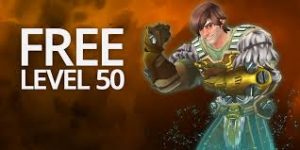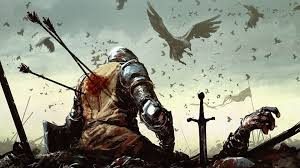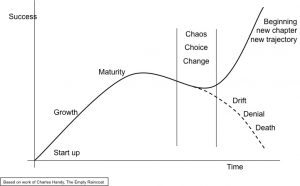It completely escaped my notice until today, but April 26th was 1 year since my first post on Rolemasterblog.com. Since that first blog I was able to put up 114 posts in 12 months–almost 1 blog post every 3 days! I’m not sure how long I can continue that pace; part of the reason Peter and I would like to see other contributors on the blog (plus it’s nice to have new voices, thoughts and viewpoints).
I’ve started reviewing some of these older posts; even in one years time some of my ideas and positions have changed. Plus I couldn’t even recall half of what I wrote so it’s fun to reread some of them to remind myself what I was thinking at the time. In no particular order, here are a few that I thought are worth revisiting:
5/15/16. Skill Atrophy. Judging by the response, there wasn’t a lot of enthusiasm for this rule proposal, but, we’ve been using it for quite some time and I still like it. For anyone that took the winter off from exercise, you know that loss of physical fitness is a real phenomena. Skill atrophy models that, it incentives players to continue spending DPs on core competencies, and it tackles skill bloat at higher levels.
5/28 Missile Parry. We’ve been using missile parry for so long I think of it as core RAW. Our missile parry encompasses the missile DB of Adrenal Defense, the secondary skill for blocking missiles and adds cinematic elements of master swordsmen knocking arrows out of the air. Like other combat modifiers, parrying a missile is subject to a modifier based on the missile type and the effectiveness of the weapon iteself. So blocking an arrow with a war mattock is not going to be that effective. ( Martial Arts generally have the lowest penalties).
6/4/16. Cool Shadow World Mounts. Terry’s use of cool animals for mounts is a great ADD for SW!
7/12/16. Quantitative Labeling. I moved almost completely away from qualitative labeling in my RM game. Difficulties are just assigned penalties, creature sizes are numbered etc.
11/9/16. Interview with Terry Amthor. Always worth a re-read. I keep thinking of new questions to ask Terry but he is just too busy!!
12/12/16. Chartless Rolemaster. This wasn’t the best written post, but it’s an important argument. Barring attack charts, crits and fumble charts we’ve eliminated virtually all charts in our RM game. My recent blog about character creation in 15 minutes and there is a path and counter narrative to the “RM Complexity/Chartmaster” complaints.
For this coming year, we are focusing on more game content rather than just rule hacks. Our 50in50 will introduce 50 adventure hooks: 1 per day for 50 days. For my own goals, I’ll be putting out a 50 page magic item supplement, a adventure guide for the Shadow World “Pales”, 5 high level adventures (hopefully with some help), SWARM ruleset…plus Mentalism realm for my BASiL project!!! In that time, I’m really hoping to have ICE/Terry move ahead with publishing “Priest King” and starting the review of “Empire of the Black Dragon”.










